Essential Guide to Choosing the Right Water Well Supplies for Sustainable Water Management
In the quest for sustainable water management, selecting the appropriate water well supplies is crucial for ensuring both the efficiency and environmental safety of groundwater extraction. According to the U.S. Geological Survey, approximately 13% of the national population relies on private wells for their drinking water, highlighting the importance of quality and reliable supplies. A recent report from the Water Well Journal indicates that investing in advanced water well technologies can enhance water quality and yield while minimizing potential contaminants. Moreover, the adoption of sustainable practices in well construction and maintenance is vital for preserving aquifers and promoting long-term water availability. This essential guide aims to equip well owners and operators with the knowledge necessary to make informed decisions regarding water well supplies, ensuring their systems are sustainable and capable of meeting both current and future demands.
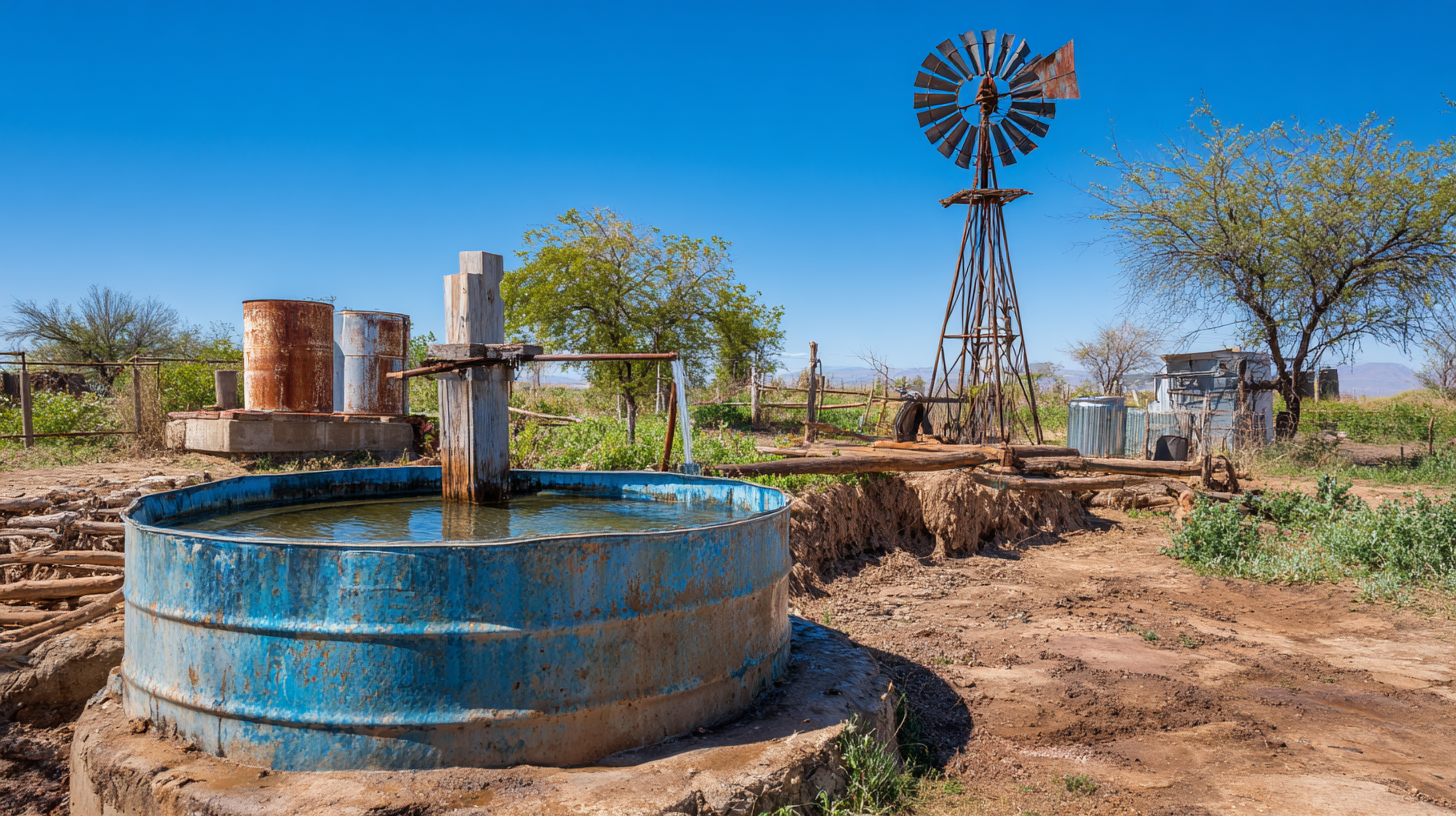
Key Considerations for Selecting Water Well Components for Sustainability
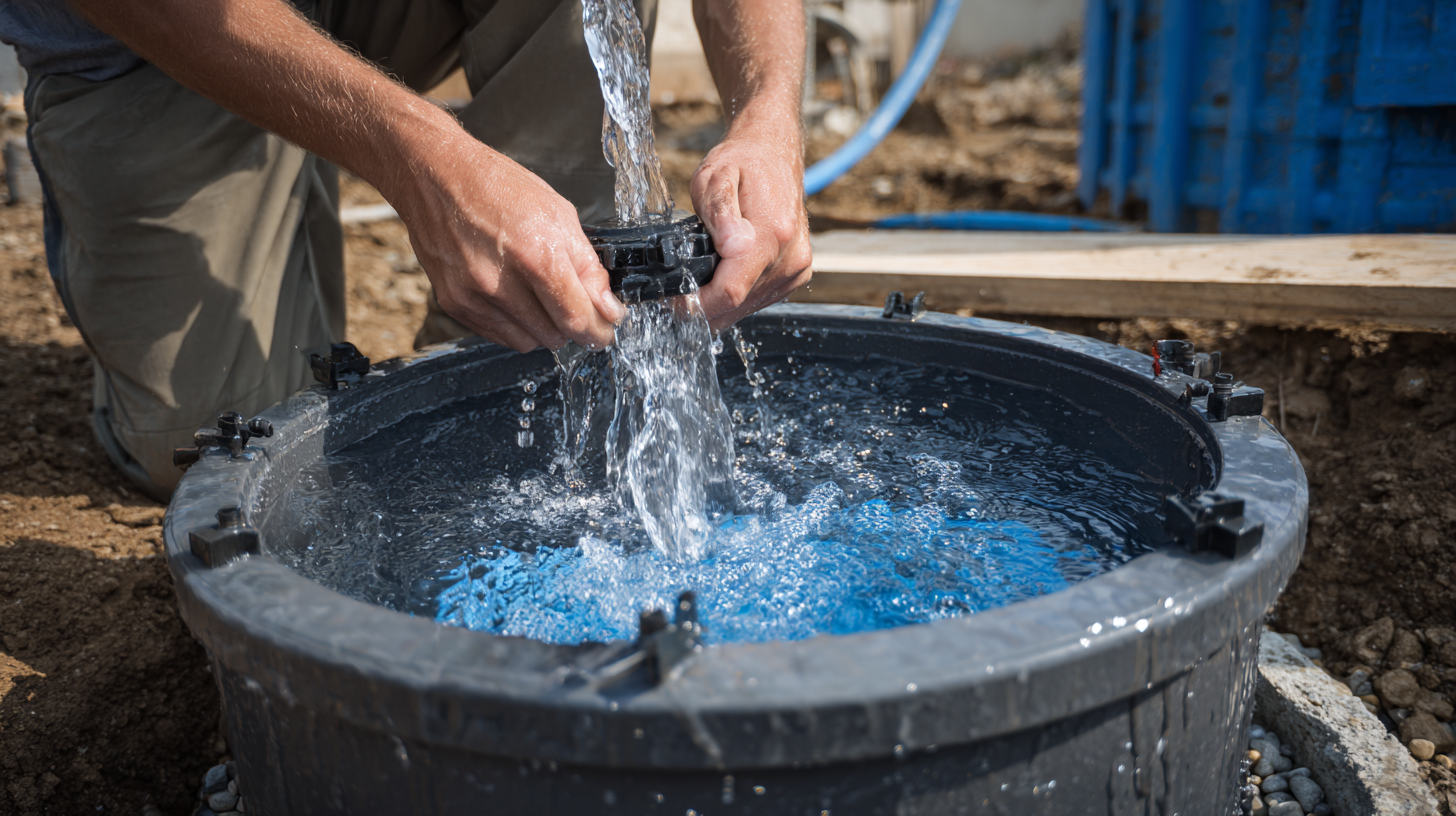 When selecting water well supplies for sustainable water management, it is essential to consider the interplay of environmental, social, and economic factors. Recent studies emphasize that sustainable practices not only minimize ecological footprints but can also lead to cost savings in the long run. The incorporation of reused components, such as recycled casings or eco-friendly pumps, reflects a growing trend in the industry to reduce waste and promote a circular economy. According to a joint study, the sales growth of eco-conscious products is significantly higher, indicating a strong market preference for sustainability-focused choices.
When selecting water well supplies for sustainable water management, it is essential to consider the interplay of environmental, social, and economic factors. Recent studies emphasize that sustainable practices not only minimize ecological footprints but can also lead to cost savings in the long run. The incorporation of reused components, such as recycled casings or eco-friendly pumps, reflects a growing trend in the industry to reduce waste and promote a circular economy. According to a joint study, the sales growth of eco-conscious products is significantly higher, indicating a strong market preference for sustainability-focused choices.
Moreover, the balance between technical efficacy and sustainability is crucial. For instance, when designing water well systems, opting for components that are durable and require less frequent replacement can mitigate long-term environmental impacts. As the world grapples with increasing demands for water and the pressures of climate change, sustainability in design and material selection will become paramount. By prioritizing products that align with the three pillars of sustainability—environmental integrity, social equity, and economic viability—stakeholders can ensure a more resilient water management strategy capable of supporting our planet's health for future generations.
Top 5 Essential Tools for Efficient Water Well Maintenance
When it comes to maintaining a water well, having the right tools is essential for ensuring efficiency and sustainability. Here are the top five essential tools every water well owner should consider for effective maintenance.
First on the list is a submersible pump. These pumps are crucial for moving water from the well to the surface and require regular checks to ensure they are functioning correctly. Regular testing can help identify any decrease in performance or signs of wear, which can prevent costly repairs down the line.
Next, a water testing kit is vital for monitoring the quality of your water. By testing for contaminants like bacteria or heavy metals, you can ensure safe drinking water for your family. Additionally, consider conducting tests at least twice a year to stay proactive regarding your water quality.
Lastly, investing in a well cleaning brush will help maintain the integrity of your well casing. Over time, debris and mineral deposits can build up, negatively impacting water flow. Regular brushing can keep this in check.
Tips: Always keep that water testing kit handy and establish a routine for checking and cleaning your well. This not only prolongs the life of your well but also assures the safety of your water supply.
Best Practices for Eco-Friendly Water Well Drilling Techniques
When considering eco-friendly water well drilling techniques, it’s essential to prioritize methods that minimize ecological disturbance while maximizing water efficiency. One effective approach is utilizing rotary drilling, which is known for its precision. This technique reduces the amount of soil and rock disturbed during the drilling process, preserving the surrounding ecosystem. Additionally, employing biodegradable drilling fluids can significantly reduce harmful impacts on groundwater quality, ensuring that local flora and fauna remain unharmed.
Another best practice involves the careful selection of drill sites. Conducting thorough site assessments can help identify areas with less environmental sensitivity, ultimately protecting vulnerable habitats. Implementing a sustainable drilling schedule that aligns drilling activities with seasonal weather patterns can also mitigate erosion and sedimentation concerns. Moreover, by opting for solar-powered drilling rigs, operators can further decrease their carbon footprints while providing a clean energy option. By following these eco-friendly drilling practices, water well projects can significantly contribute to sustainable water management efforts.
5 Innovative Technologies for Sustainable Water Pumping Solutions
Innovative technologies are crucial in advancing sustainable water pumping solutions that address global water scarcity. One effective approach is the use of energy-efficient pumps that reduce energy consumption while maintaining high performance. These pumps often integrate renewable energy sources, such as solar power, revolutionizing how water is extracted and utilized in various settings, from agriculture to urban water supply systems.
**Tip:** When selecting water pumps, consider models that offer variable speed drives which can optimize flow rates based on demand, significantly enhancing energy efficiency.
Another promising technology is the use of smart sensors and IoT devices in water management systems. These technologies enable real-time monitoring of water usage and pump performance, allowing for timely interventions, maintenance, and efficiency improvements. This can lead to substantial water and energy savings, all while ensuring a reliable supply of clean water.
**Tip:** Invest in systems that allow for remote monitoring and control, which can help identify leaks or inefficiencies early and reduce unnecessary water loss.
Lastly, the design of pumps tailored for specific applications can play a vital role in sustainability. By customizing pump solutions to match the unique requirements of each project, water use can be optimized, further minimizing waste and maximizing resource conservation. This approach not only supports sustainable practices but also enhances the overall effectiveness of water management efforts.
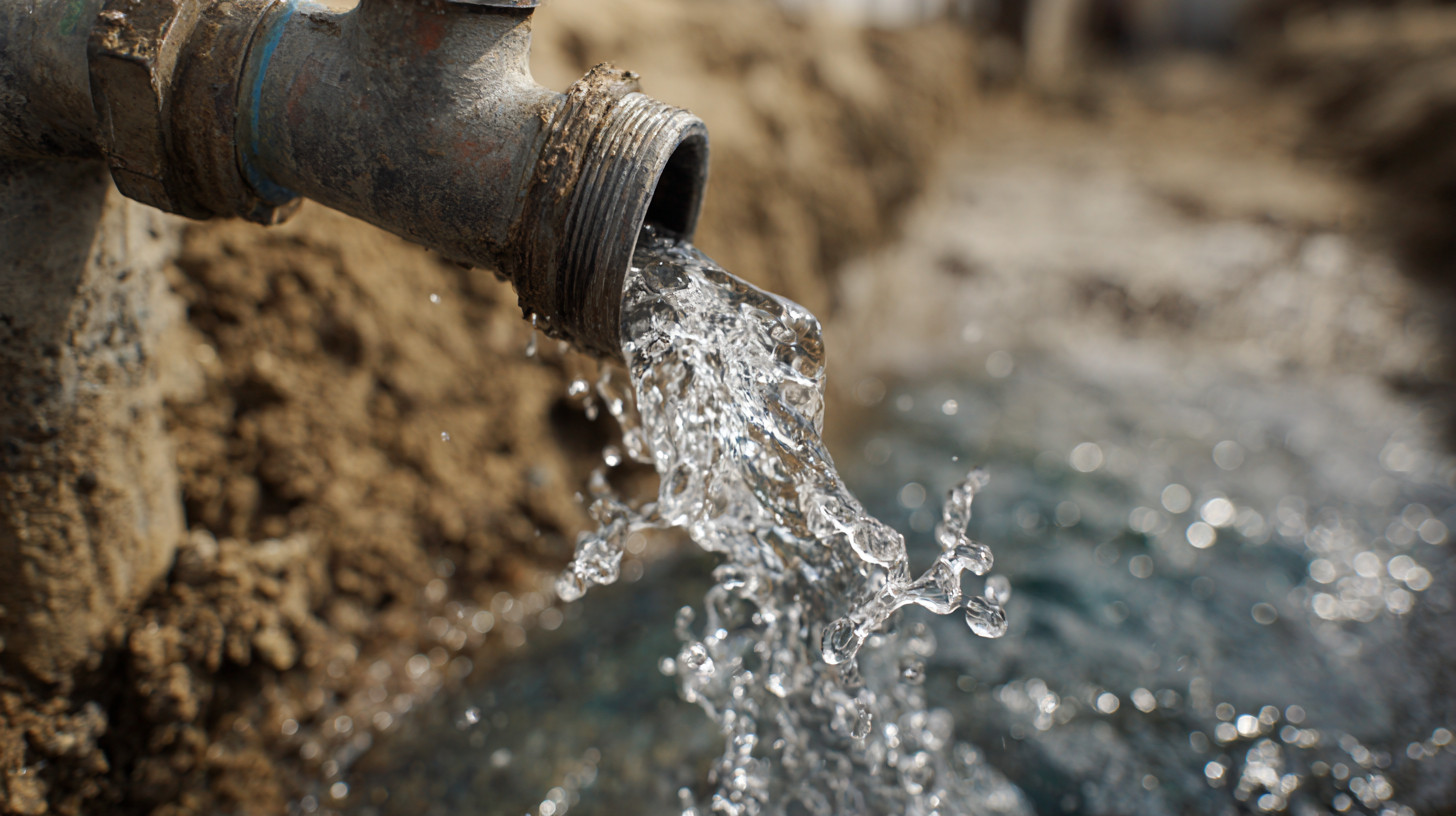
Choosing High-Quality Filtration Systems: A Best-in-Class Approach
When selecting high-quality filtration systems for water wells, it's crucial to consider the specific water quality issues present in your area. Different filtration systems address various contaminants, such as sediment, bacteria, and chemical impurities. For instance, if your well water is high in sediment, a multi-stage sediment filter can effectively trap particles, thus preventing wear on your pumps and increasing water clarity. In contrast, if biological contaminants are a concern, investing in UV filtration systems can ensure safe drinking water by deactivating harmful pathogens.
Another important aspect is the durability and maintenance requirements of the filtration system. Opting for robust materials and reputable brands can enhance the longevity of your system, reducing the need for frequent repairs or replacements. Moreover, consider the ease of access for maintenance, as it influences the system’s efficiency and performance. Regular maintenance and timely replacement of filter elements play a vital role in sustaining high water quality. By prioritizing these factors, you can make informed decisions that align with sustainable water management practices.
Essential Guide to Choosing the Right Water Well Supplies for Sustainable Water Management
| Filtration System Type | Filter Medium | Contaminants Removed | Service Life (years) | Maintenance Frequency (months) | Cost ($) |
|---|---|---|---|---|---|
| Activated Carbon Filter | Activated Carbon | Chlorine, VOCs, Odors | 2-5 | 6-12 | 50-150 |
| Reverse Osmosis System | Membrane | Salts, Heavy Metals, Microorganisms | 2-4 | 12-24 | 150-300 |
| Sand Filter | Sand | Sediment, Sand, Silt | 5-10 | 6-12 | 100-250 |
| Ultraviolet (UV) Disinfection | UV Lamp | Bacteria, Viruses | 1-2 | 12 | 200-500 |
Related Posts
-
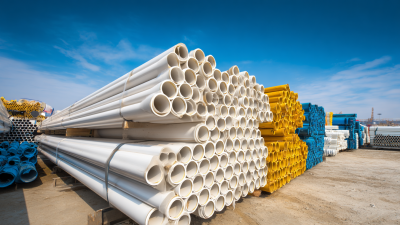
Understanding the Rapid Growth of PVC Supplies Market with Insights from Industry Trends and Data Analysis
-
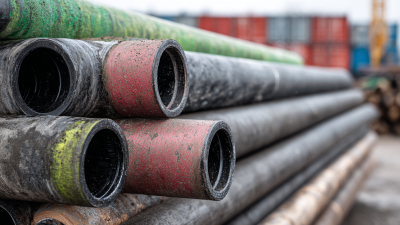
The Evolution of Plastic Pipe: Sustainable Solutions for Modern Infrastructure
-

Essential Water Well Supplies: Ensuring Sustainable Water Access with 87% Efficiency in Groundwater Usage
-

Understanding the Benefits and Applications of PVC Water Pipes in Modern Plumbing Systems
